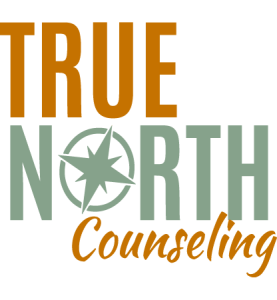If You have a Teenager You Better Know about Vaping
Alarming Trends:
-Currently 1 in 4 Middle School and High School students have used a vape pen or e-cigarette, 1 in 6 over the past 30 days.
-There is evidence to suggest that e-cigarette use increases the risk of using combustible cigarettes.
-Nearly 6 in 10 cigarette users also us e-cigarettes. This is a two-way relationship.
-A recent study found that teens who use e-cigarettes are 4 times more likely to begin smoking tobacco cigarettes within 18 months when compared to teens that do not vape.
-E-Cigarettes are now the most commonly used tobacco product among teenagers.
What are Vape Pens or E-Cigarettes?
They are electronic nicotine delivery devices, plain and simple. They come in many flavors and are called by various names: e-cigs, vape pens, e-hookahs, vapes, and mods just to name a few. Make no mistake, if your teen is using a vape pen, it is delivering nicotine.
Why are E-Cigarettes so Popular with Teens?
Three reasons:
1. Curiosity.
2. Flavors. 8 of 10 teen users use flavored e-cigarettes. In a recent study, the primary reason that teens use is because “they come in flavors that I like.”
3. Teens believe that e-cigarettes are safer. 1 in 5 teens believe that e-cigarettes cause no harm.
Are E-Cigarettes Harmful to Teens?
Simply put, YES!
-Nicotine disrupts the development of brain circuits that control attention and learning.
-Nicotine use by teens can puts them at risk for mood disorders and permanently lowering their impulse control.
-The nicotine in e-cigarettes affects development of the brain’s reward system, making them more susceptible to addiction to other drugs.
-Although e-cigarettes are safer than combustible cigarettes, there are still many questions being asked about the health risks of e-cigarette aerosol. There is no question, however, that nicotine exposure poses a major health risk for teens.
What Can You Do?
First, do not be hoodwinked. If your teen is using e-cigarettes, they are using nicotine.
Second, treat them as combustible cigarettes and let them know that you know!
Third, prohibit the use of e-cigarettes by your teens. I understand that this is not going to be easy, but you have to start by setting limits. You can randomly use a urine test to hold them accountable.
Fourth, educate them about e-cigarettes.
Fifth, if you have tried everything, enroll them in our Stop Vaping-Education Group at True North Counseling. This group is called: Salvage and is somewhat of an acronym for Stop Vaping Group Education. Salvage means: to preserve something from potential loss or adverse circumstances. We want to preserve the health and welfare of your teens. Call 502-777-7525 for more information.



